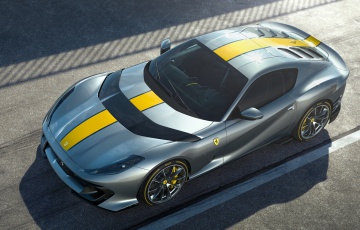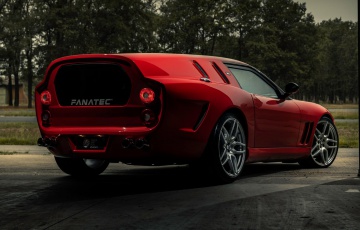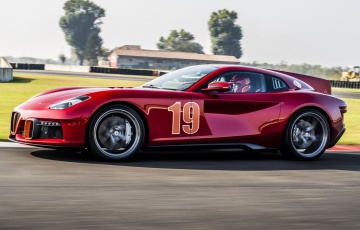The Top Gear car review: GTO Engineering Ferrari 250 SWB 'Revival'
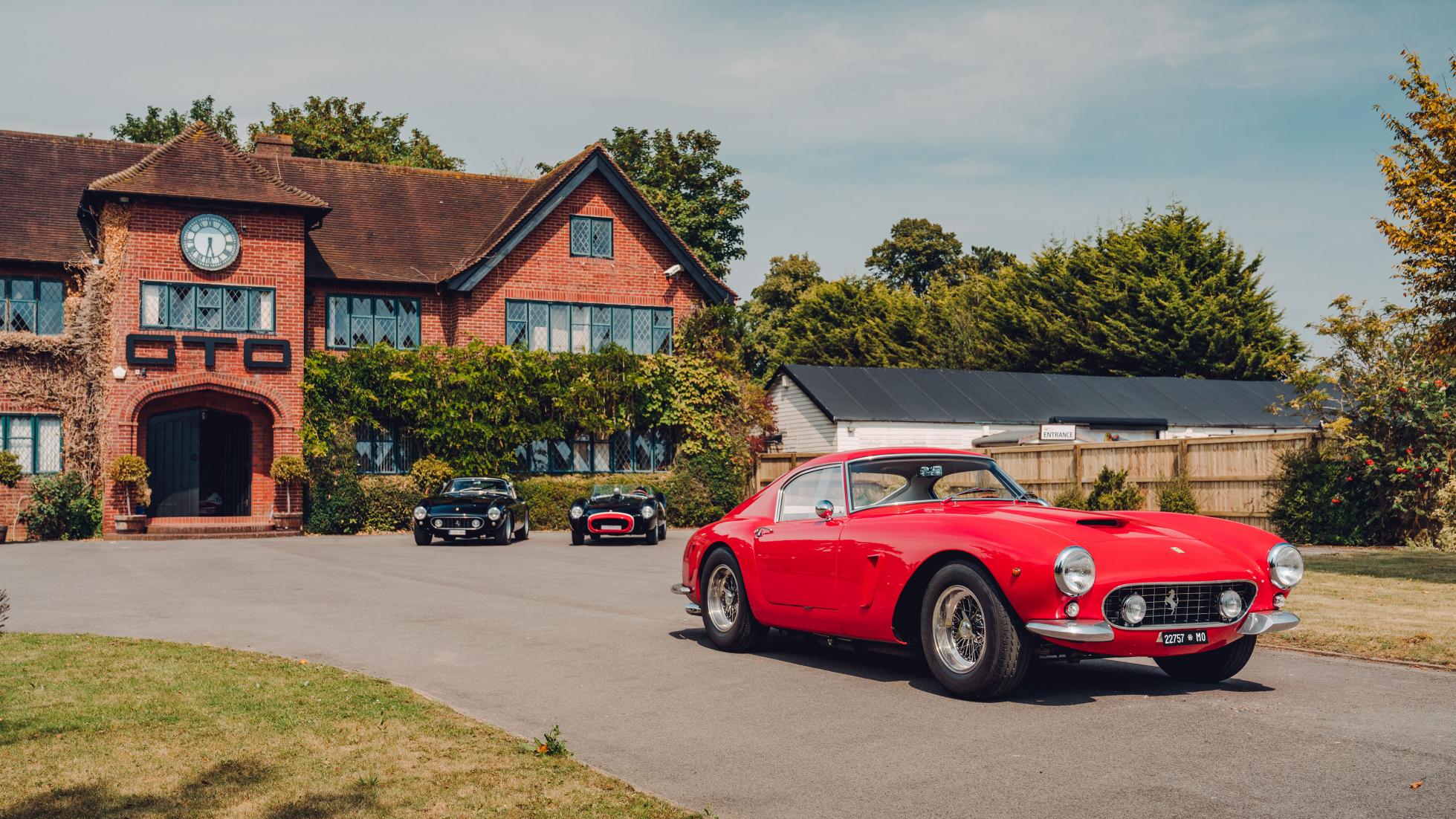
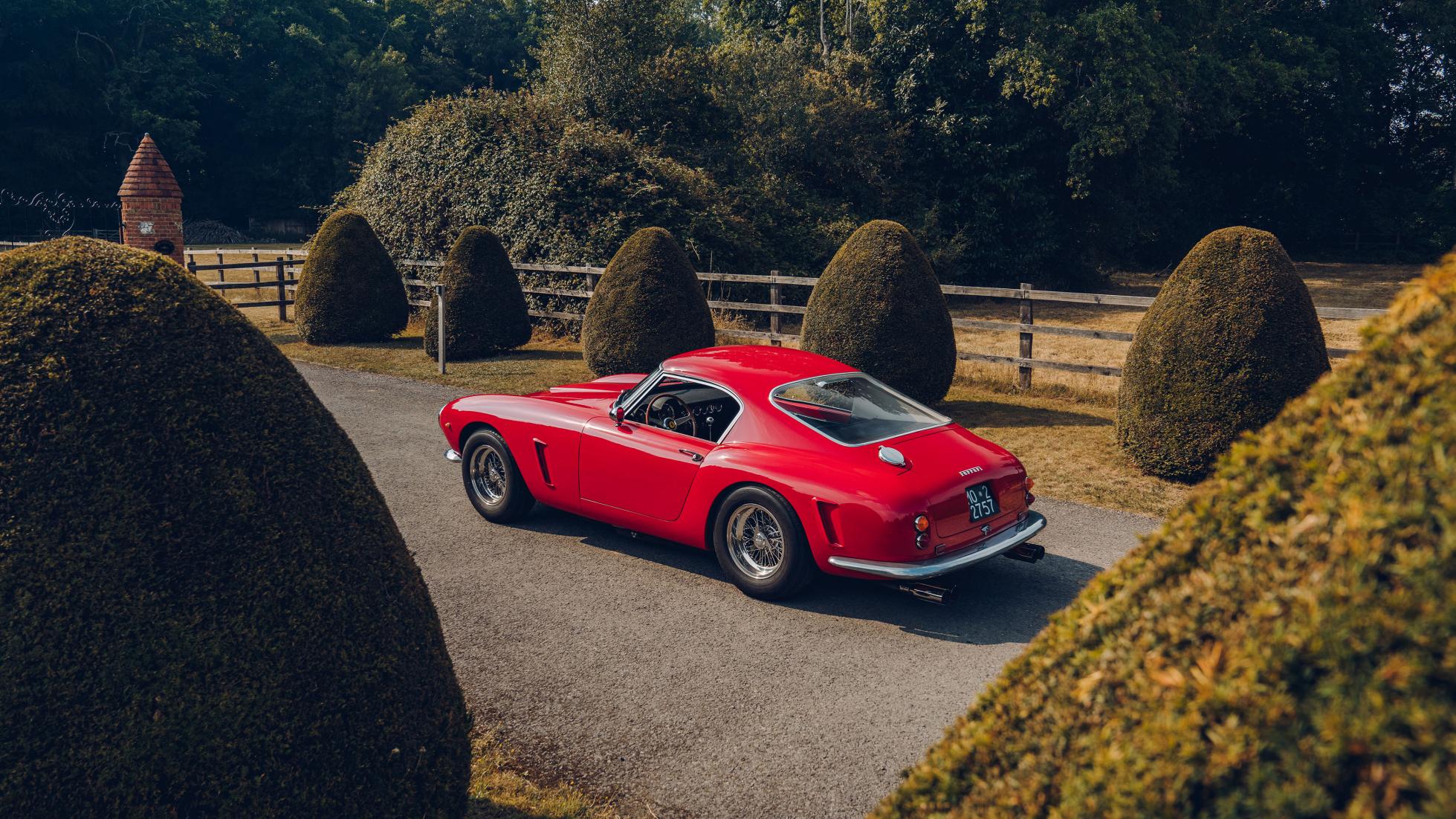

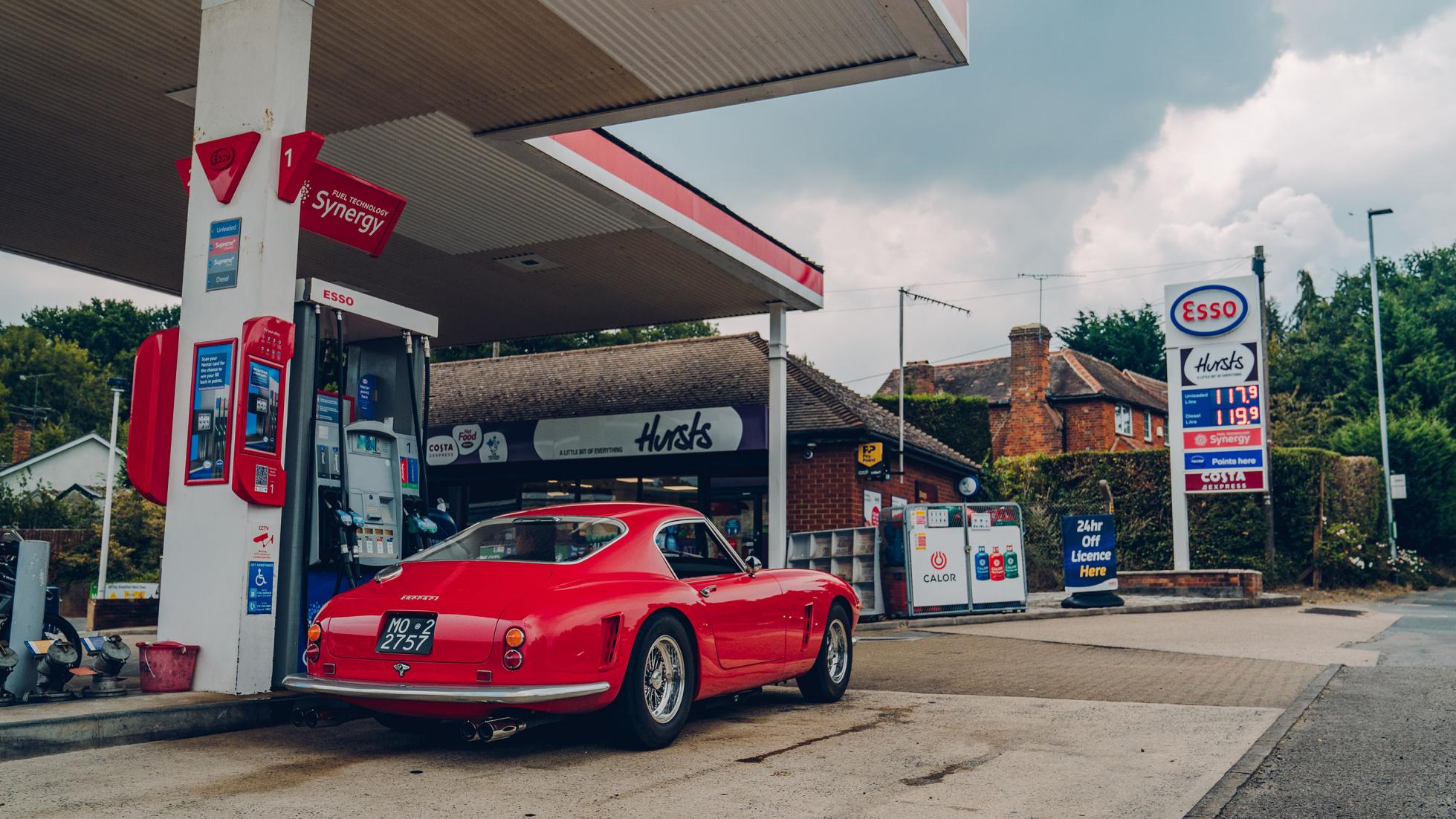
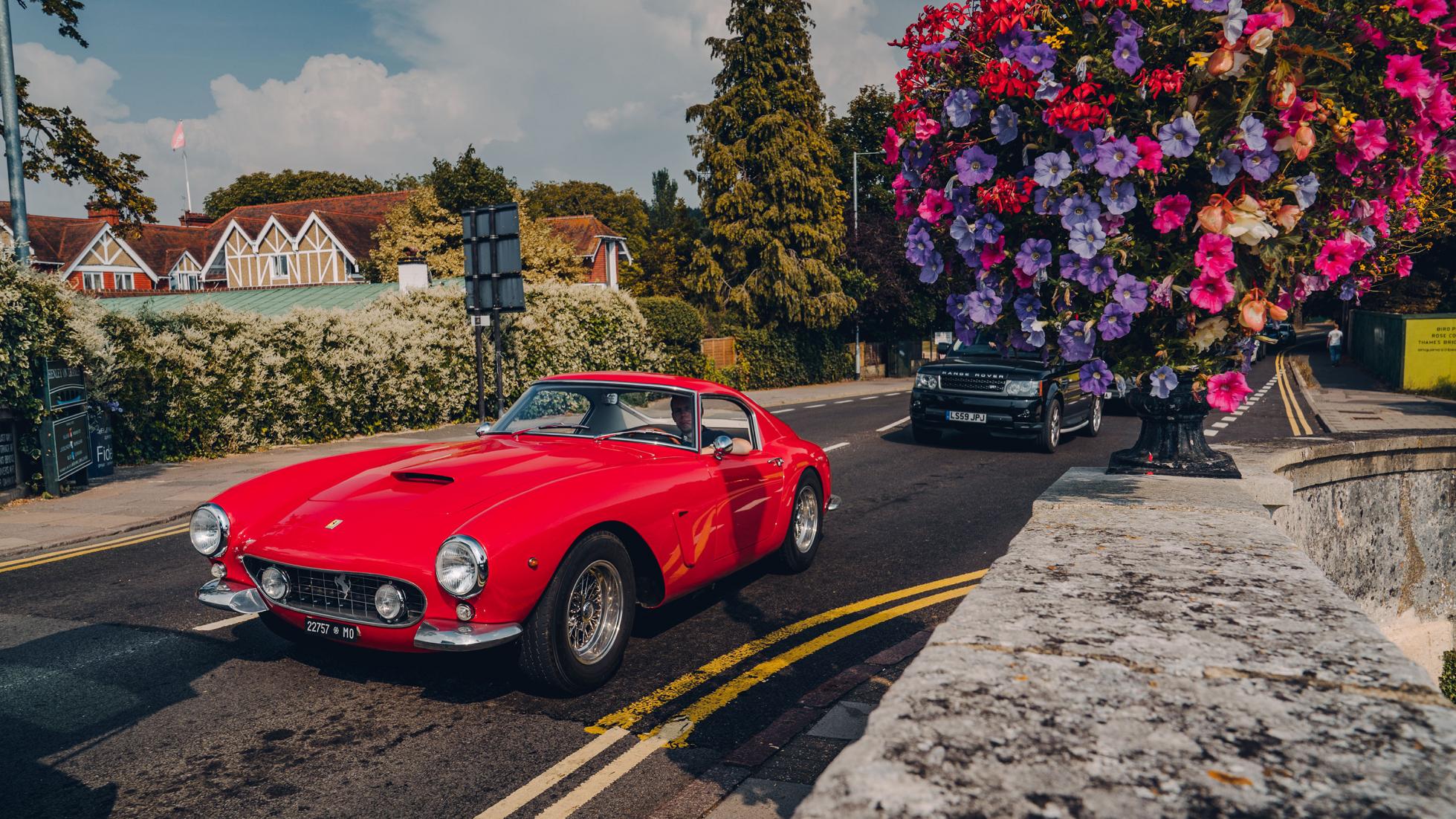
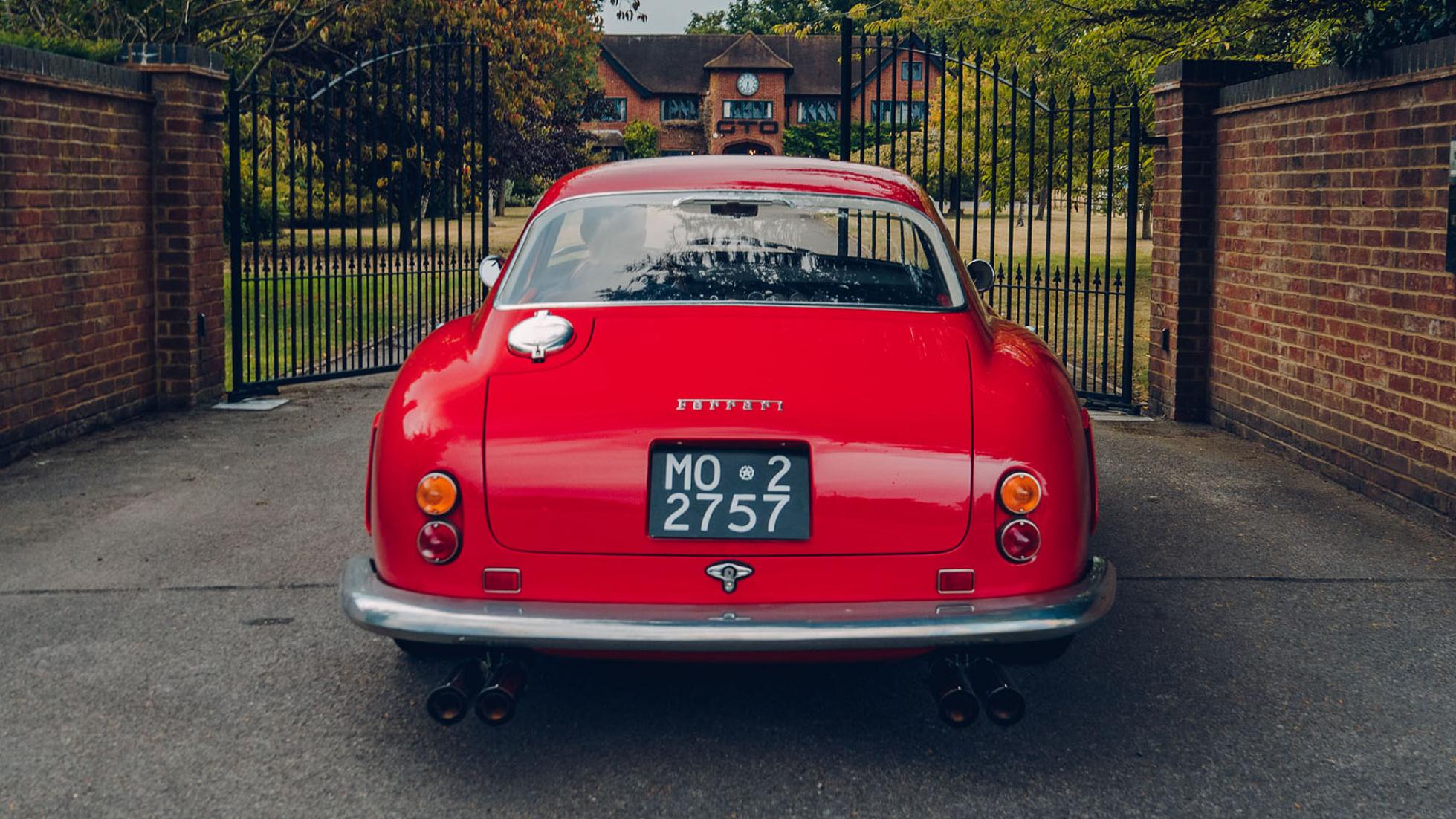
Overview
What is it?
GTO Engineering boss Mark Lyon doesn’t like the word ‘restomod’. He prefers ‘revival’. What we have here is a brand-new 1960 Ferrari 250 Short Wheelbase Berlinetta Competizione, or SWB for, er, short.
Instead of going to all the hassle of attending an auction, battling it out with billionaires and sweating over matching chassis numbers and murky competition history to get an original, here you can spec a bespoke Ferrari to your exacting tastes – if you’ve got at least, say, £850,000, and are happy to wait a couple of years. Trust me, it’ll be worthwhile.
What GTO Engineering does is take a donor car – usually an existing 250 chassis or perhaps the less desirable (really?) 330 GT, and strip it down to a kit of parts.
Each of these components is then either lovingly restored or, where necessary, 3D-modelled on the workshop computer, and using modern techniques and extreme patience, machined to a higher standard than could’ve been dreamt of by Sixties-era Ferrari factory hands.
The result is a very fit’n’healthy but not over-egged ‘new’ 250 SWB. It almost seems a pity all of that hard work is covered up when that hand-beaten aluminium body is then draped over the top. Almost.
Meanwhile, GTO interrogates you, the owner, over how you’re going to use your new toy, and duly does your bidding. They tailor the engine map, the gearing, the suspension and handling, whether you want a Sunday morning country lane thrash with an old-school twist, a more sorted fast road spec to annoy your neighbour’s 911, or perhaps even a Goodwood Revival-ready competition-standard set-up.
A modern Ferrari changes its mood depending on where you point the manettino switch on the steering wheel. GTO Engineering hones your 250 SWB using spanners and welding torches.
We drove a road-spec 250 SWB featuring the mid-range 3.5-litre V12. You can downsize to a lighter 3.0-litre engine or upgrade to a lustier 4.0-litre, if you prefer.
Likewise, there’s a choice of gearboxes with either four or five speeds, this test car featuring the latter. There’s even an electronic rear differential, so the way the car puts down its power can be fiddled with to your backside’s content.
It’s tempting to compare the GTO Engineering 250 SWB Revival (that’s its official name) to Singer’s famous 911s, but this isn’t a backdated car that looks old-school while concealing the very latest motorsport materials.
If anything it’s closer to the work of Eagle and its extraordinary E-Types. It’s not a ‘continuation car’, as per Aston Martin’s DB4s or Jaguar’s XKSS – in any case, they’re not road legal, whereas this thing very much is. And there aren’t many more delightful ways to travel on the public highway.
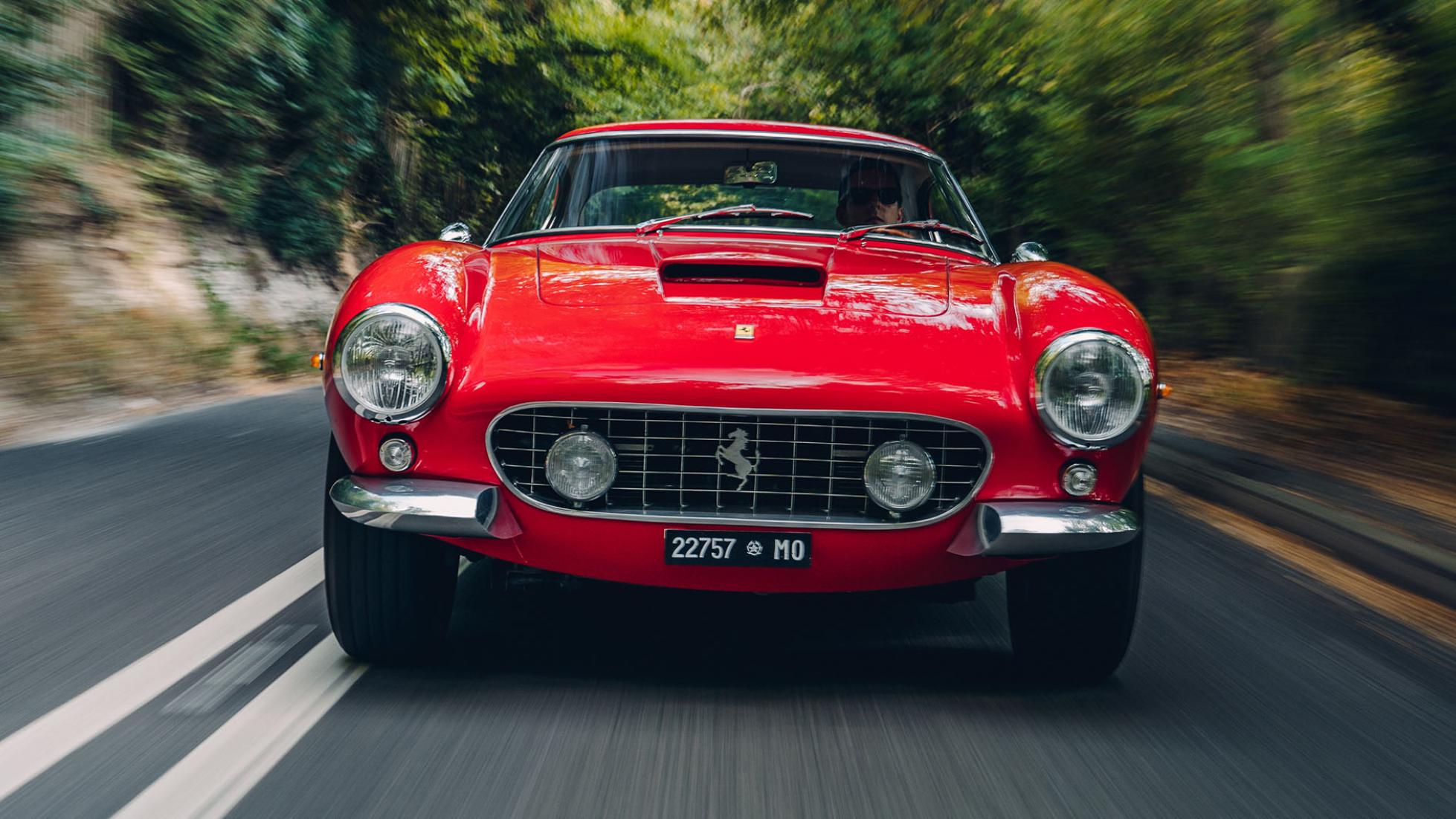
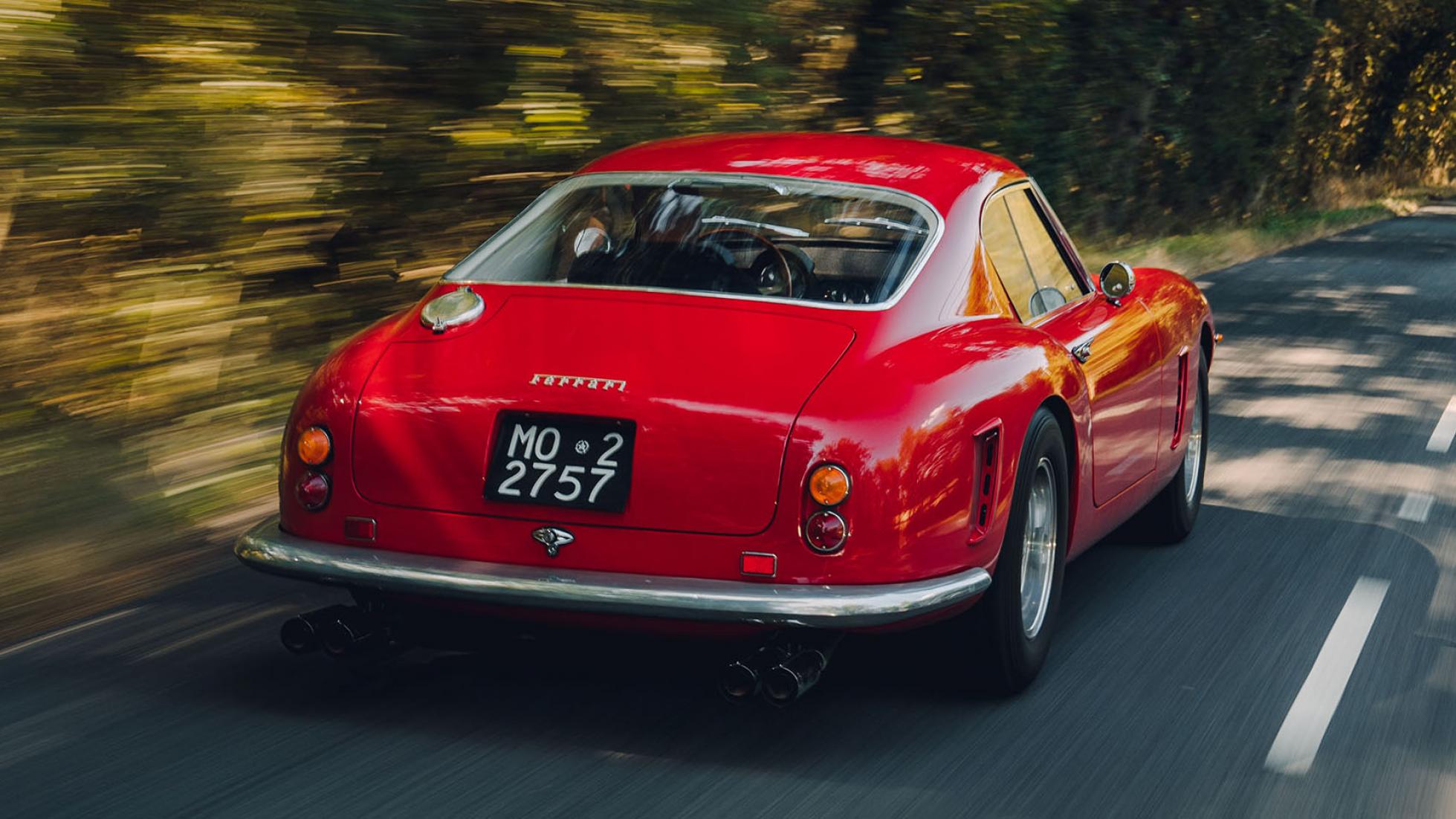
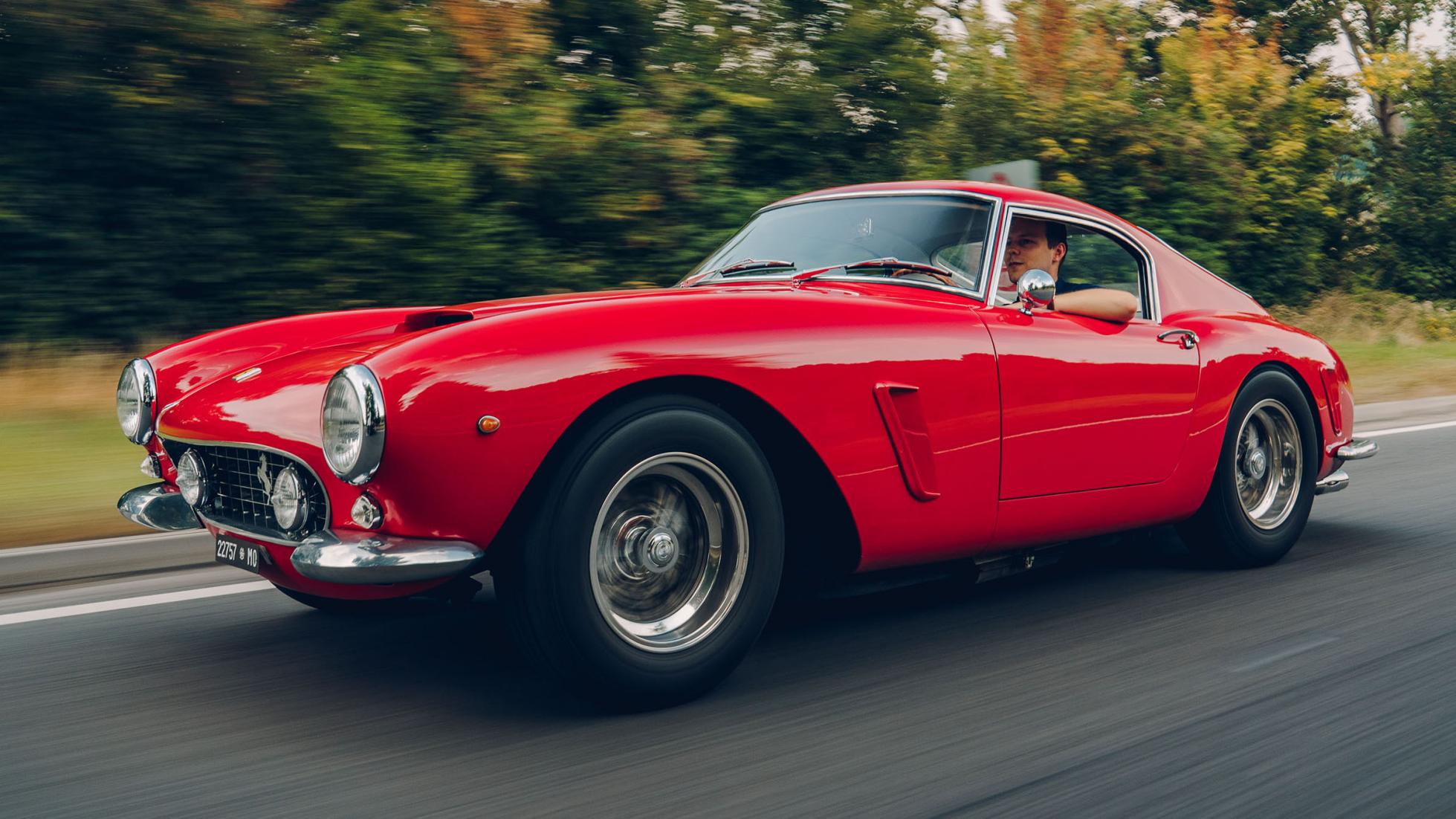
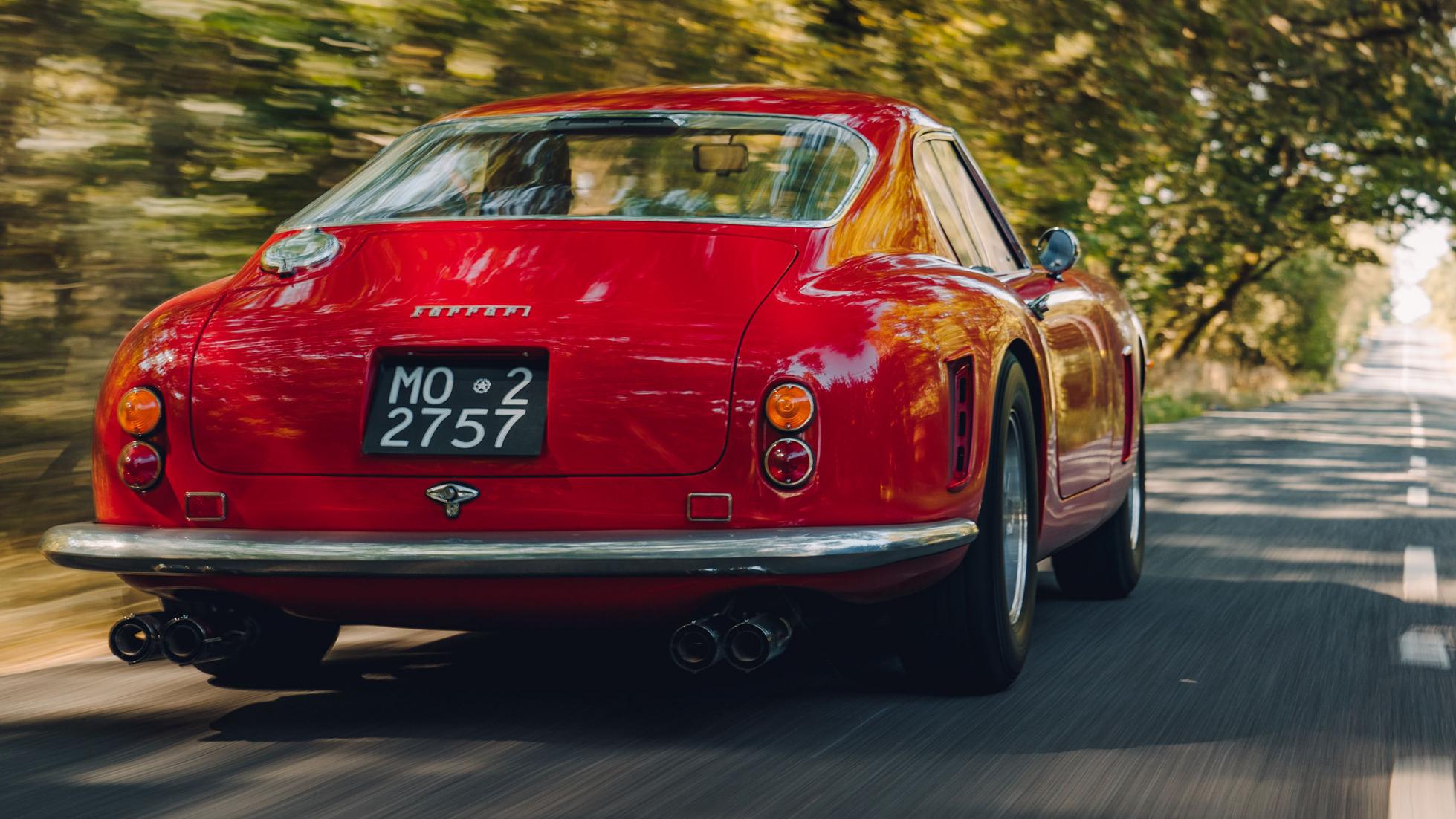
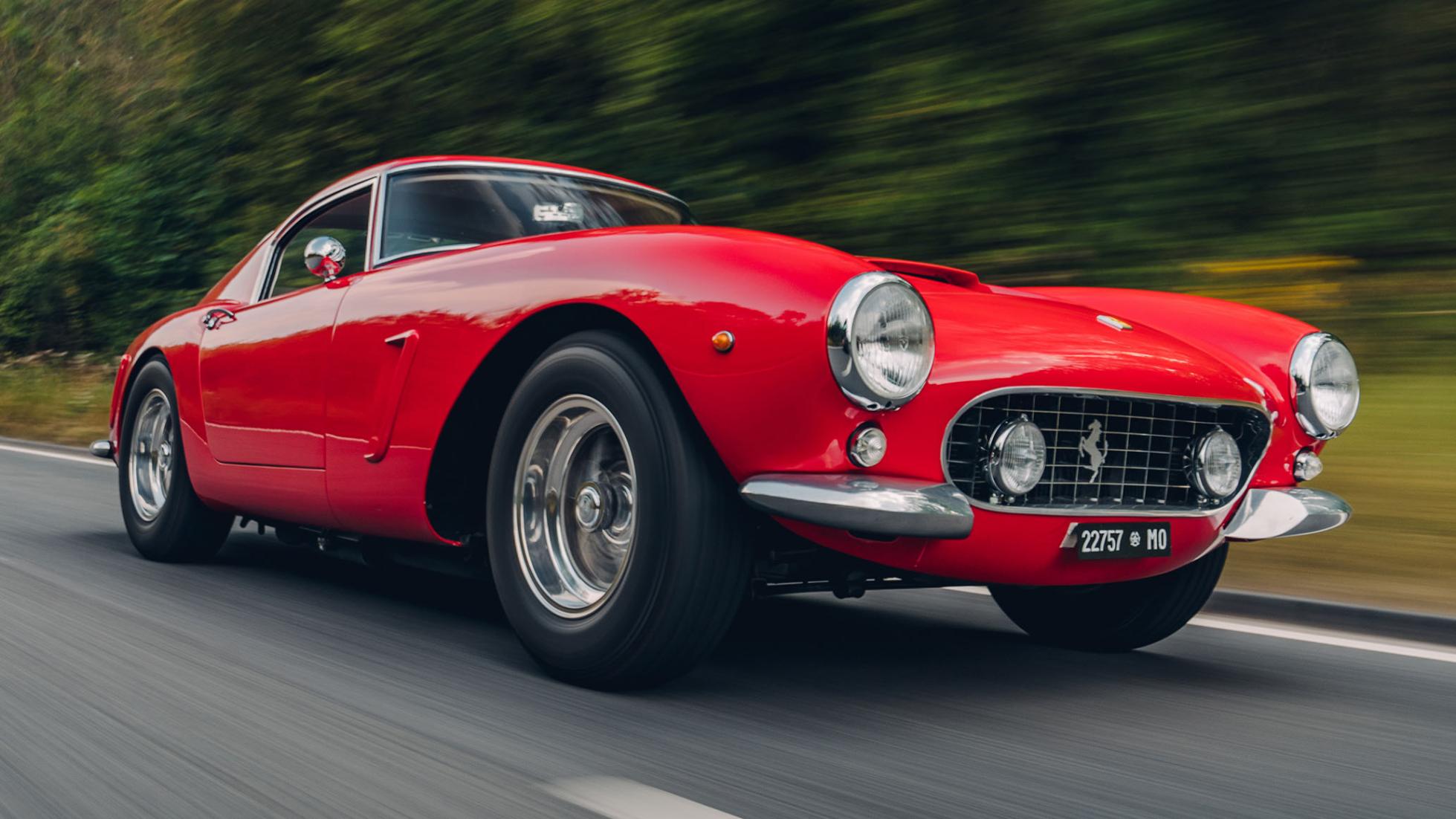
Driving
What is it like on the road?
Ah, the simple joy of starting a V12 with a key. Twist the little dashboard ignition a half-turn clockwise, then push it into the barrel.
The engine doesn’t hesitate. It idles smoothly, the rev counter staying put at 900rpm rather than rising and falling like a conductor’s baton.
The handbrake lever, warmed by the transmission right next to it, lies in the footwell. Don’t forget to disengage that.
Find first gear. That’s challenge number one. This car doesn’t have anything complicated like a dog-leg first, so it’s just a case of giving that big alloy ball a deliberate shove to the top-left, until you feel the tall wand that plunges into the floor (through a leather gaiter, not an open-gate) slot home.
It’s not a lightweight, delicate shift, this. It takes a bit of spittle and heft to engage. This sets the tone for the 250 SWB revival. You’ve got to roll up your sleeves, stop fretting about the value, and bloody well get stuck in.
Weighing just 1,050kg – that’s about the same as a modern Mazda MX-5 – the SWB rolls away without any throttle, with just a lift of the weighty clutch.
The biting point’s a little high, and combined with the ‘relaxed’ seating position, pulling away smoothly is mainly luck and guesswork until you and the car start to understand each other.
Once you’re off and underway, the SWB is tractable and torquey. In this tune, the triple-carb Columbo V12 is delivering about 320hp, and it’s geared for 240km/h flat out with 0-95km/h doable – with a couple of deft gearchanges – in six seconds.
Once it’s warm, it’ll haul from a crawl in third gear, if you need a break from those deliberate, chunky-feeling shifts.
Brakes are discs all round – the 250 was the first Ferrari to boast such cutting-edge tech – and need one heck of a squeeze.
However, if you’ve had your Weetabix and can tread on the pedal hard enough, the stopping power is actually pretty decent – there’s none of those ‘oh heavens how will I explain this to the boss’ moments of dread as you apply the anchors and nothing appears to arrest your forward momentum, as in quite a few period motor cars.
But here’s the thing. The first few miles in a 250 Revival give you that same sense of anticipation that you get watching the warm-up band in the front row of a stadium gig. You’re appreciating what’s going on.
The impossibly slim steering wheel is alive and jiggly in your palms, the shift has warmed up nicely and you’ve one eye on the ‘Olio’ gauge, awaiting the moment the fluids are up to temperature, the road unfurls itself ahead, and you can, at last, bury the throttle and see what a 3.5-litre Ferrari V12 built to modern spec is really like.
Problem is, the words don’t really exist. Transcendent? Life-affirming? Try ‘un-be-flipping-lievable’. I know the old Enzo quote along the lines of ‘you buy a Ferrari for the engine and I give you the rest of the car for free’ is a cliché, but by heck does it ring true here, as the revs climb through the barrel-chested, bassy mid-range and zing towards 7,000rpm with an operatic mechanical fury.
That’s a million-dollar engine note all day long. Though the numbers say this thing would struggle to keep up with a Golf GTI, the sheer intensity of the V12’s crescendo make it feel like a rocketship.
Then you start to get into a flow with the 250. Half an hour ago, you’d have auctioned your least favourite limb not to stall it – now you’re blipping the gas on every gratuitous downchange and revelling in the traction as the car squats down on its haunches out of every bend.
The steering is a curious blend – there’s lots of play just off centre, then a whole load of sinew-straining weight beyond it, but the 15-inch tyres (narrower 16s are actually standard) claw confidence-inspiring grip from the road, so the SWB can be leant on, and depended on.
This car had the optional faster steering rack and smaller steering wheel, and frankly I wouldn’t have wanted the steering any slower, or the wheel any larger.
Driving it is a workout, a challenge, and a real partnership. And the result is one of the truly great bucket list ticks.
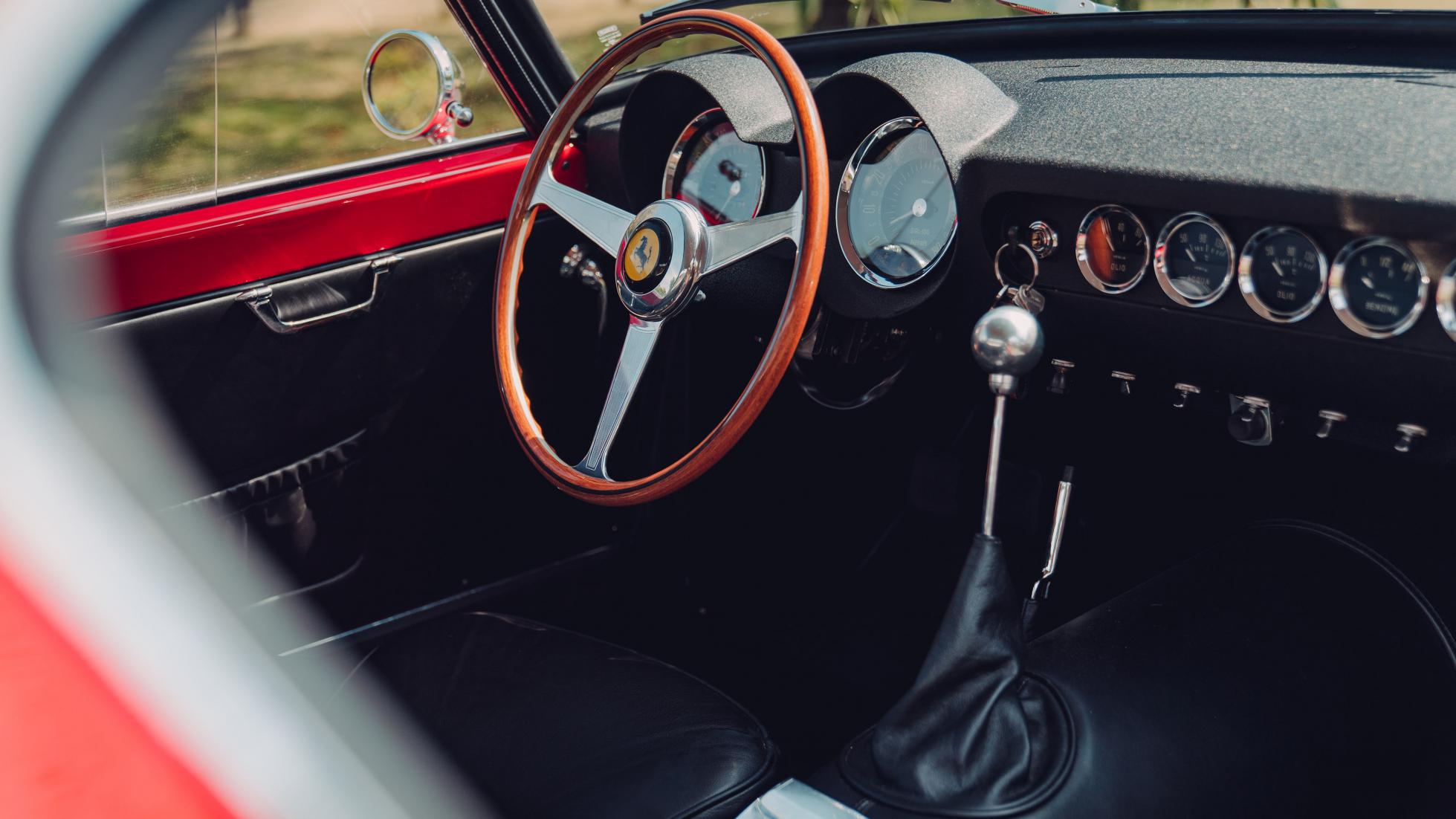
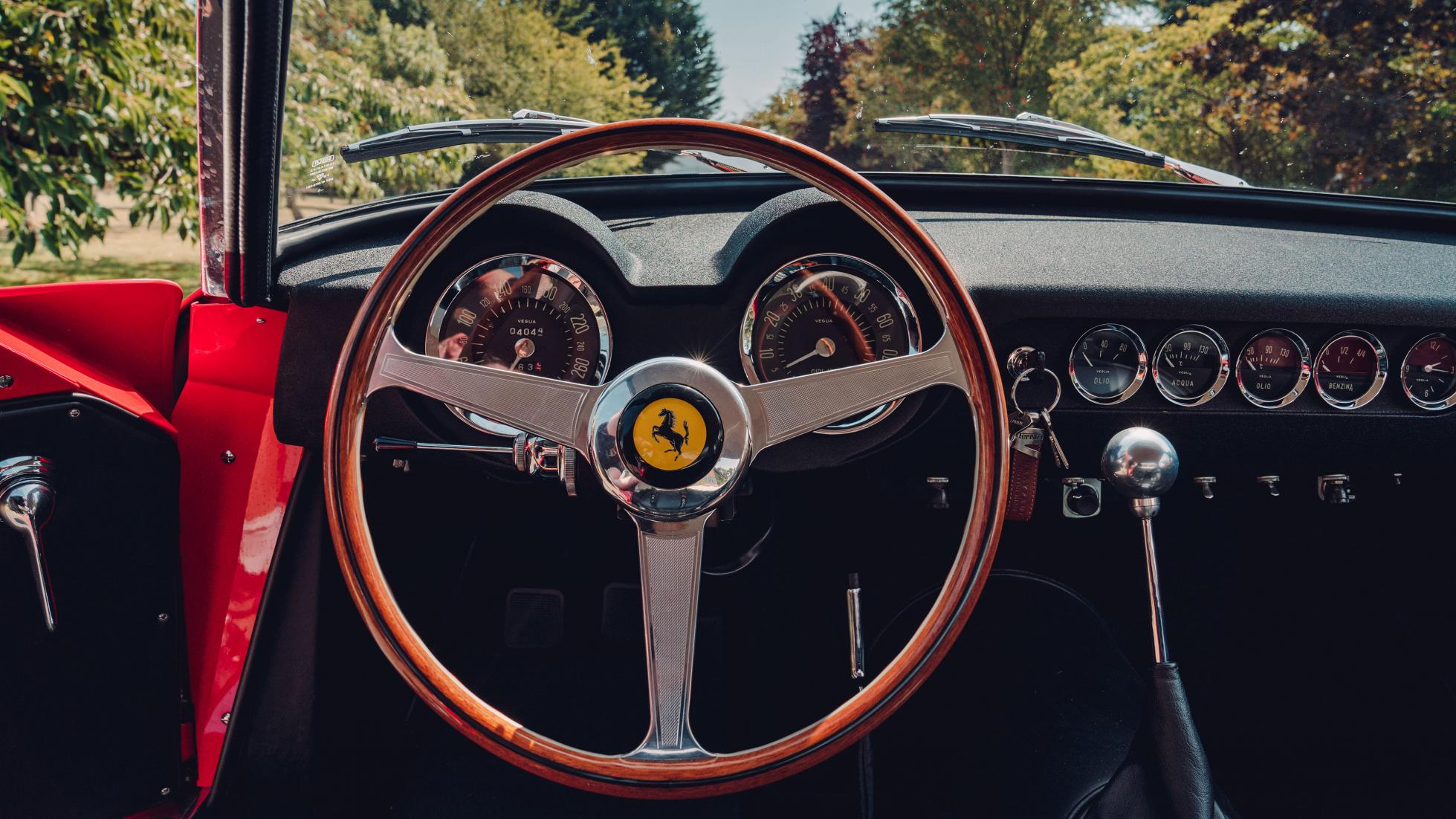
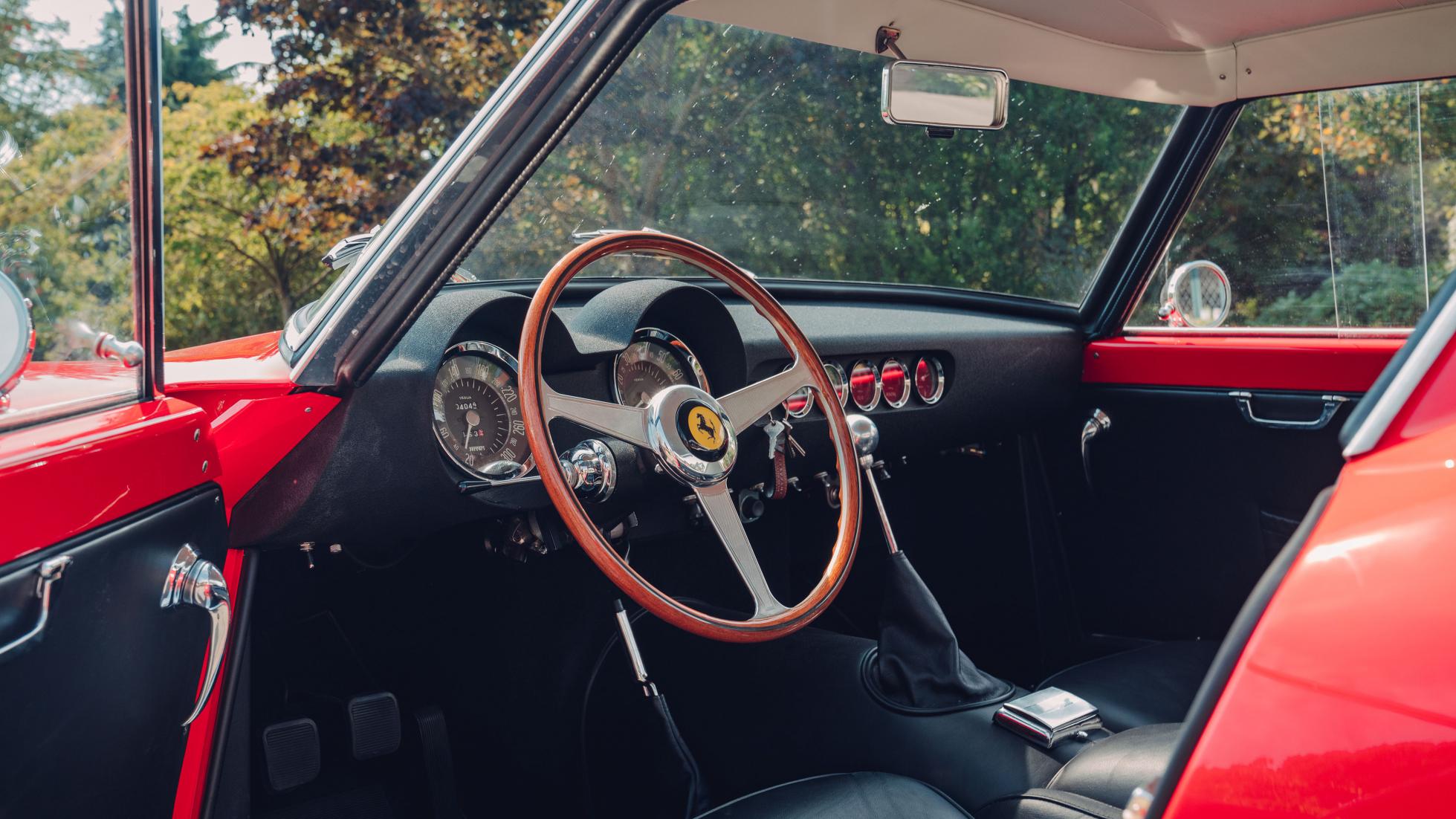
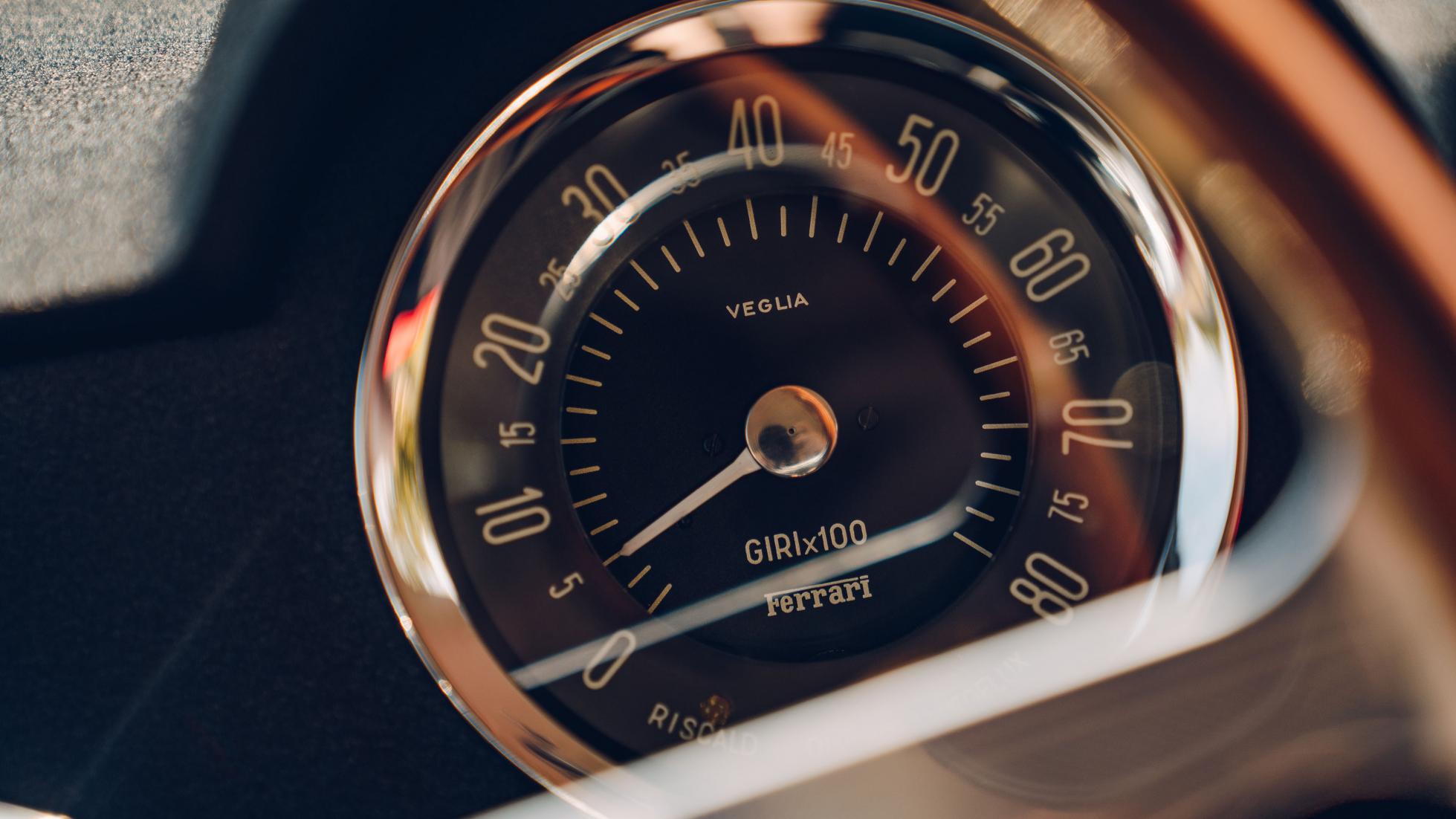
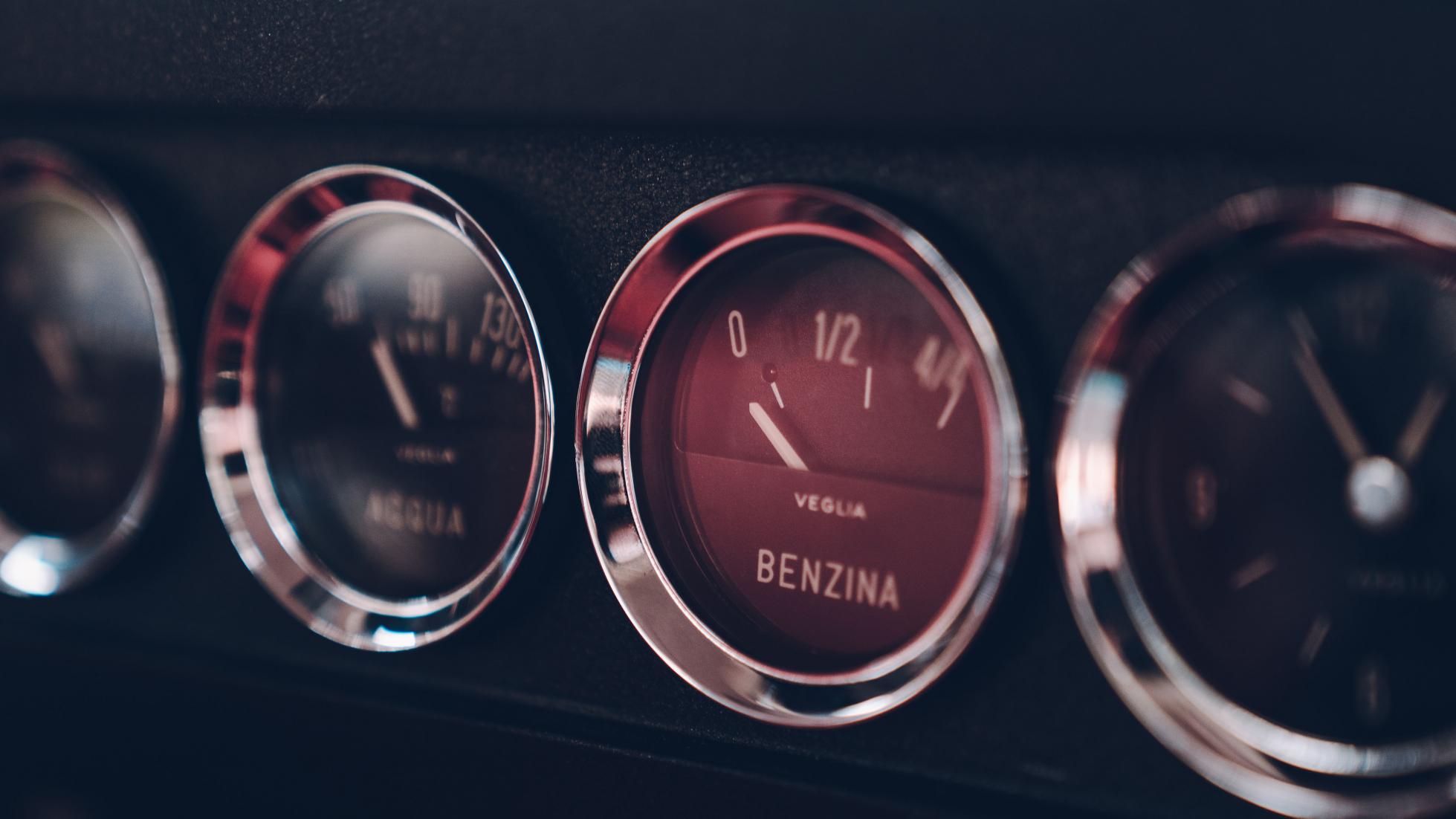
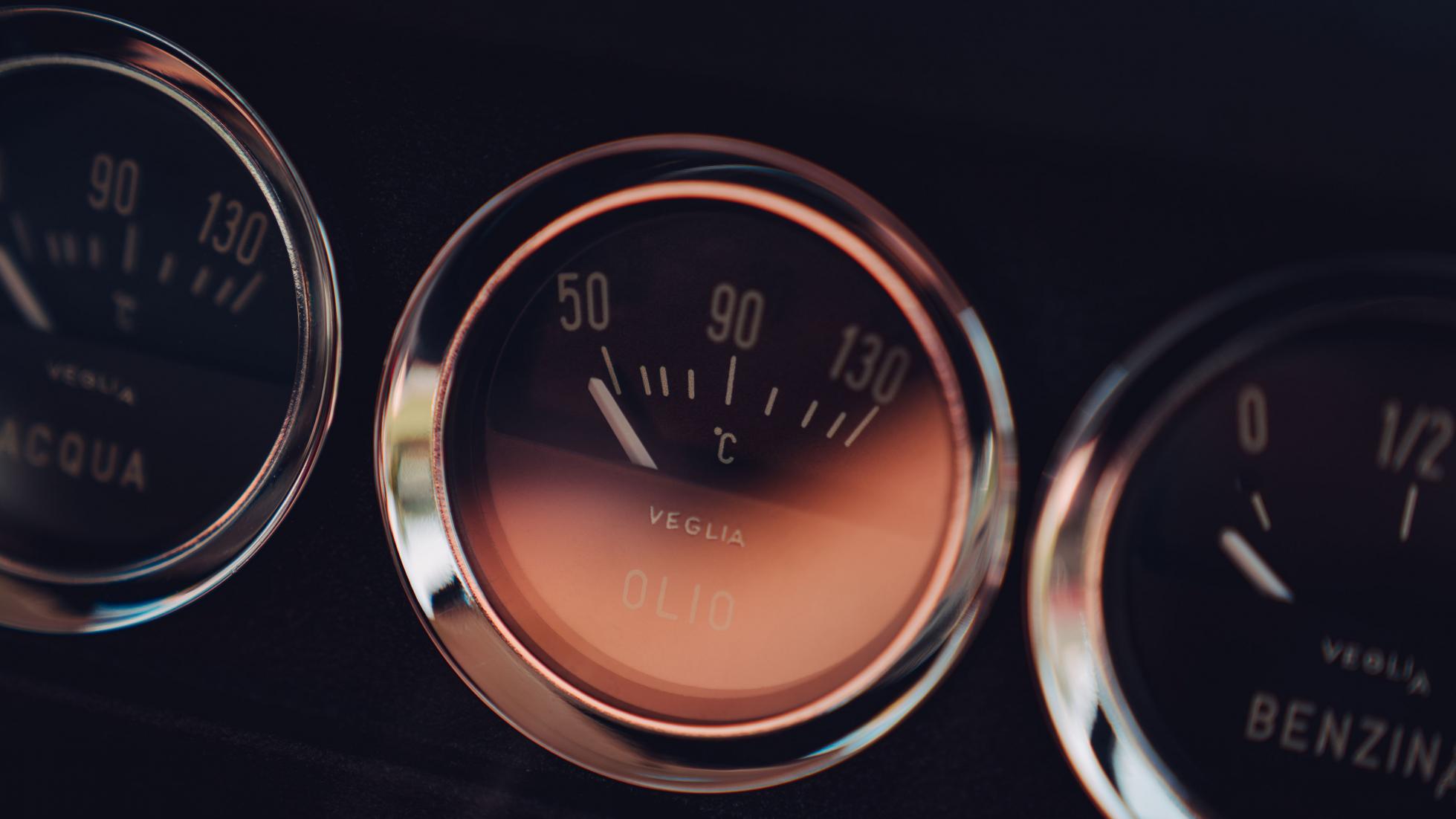

On the inside
Layout, finish and space
The lightweight door swings open to reveal… well, firstly, make sure you take note of the quality of the door shuts and the tidy hinges. Then see about getting inside.
The trick is to aim one knee under the steering wheel as your backside heads for the bucket seat. The steering wheel dictates the driving position in here: reclined, and wide-kneed.
The seat itself doesn’t slide to adjust, since each car is built exclusively to order, so the driving position can be tailored to your liking, or as close as possible with the limitations of 60 year-old Italian ergonomics.
You sit with your knees high and your backside low, peering up and over the voluptuous bonnet and sitting almost directly over the back axle.
The gear lever rises loftily out of the floor to chest height. Got a larger shoe size? You might end up driving in your socks, thanks to the slim pedalbox.
Still, if you want a perfect driving position, get a McLaren. The 250 shows how overwrought and overdone car interiors have become.
The simple line of dials – with all units in Italian, the big rev counter and speedo (with surprisingly accurate needles) and impossibly slim dashboard - show how simplicity never goes out of fashion.
You can choose whether or not to have air-con – the vents blow from the rear bulkhead instead of sullying the fascia, and the system is refreshingly effective. The mirrors, on the other hand, are useless.
Still, as this one’s left-hand drive, I’m being a bit cautious with my overtakes. You can of course have the steering wheel on the correct side of the car.
The tightly-sewn upholstery is all new cow, but designed to ape the look exactly of an original 1960 SWB’s interior trim.
Elsewhere on the options list, there’s a concealed USB port for plugging in your smartphone. Handy for sat-nav on cross-country jaunts, that.
This car had the heater, but you can deselect that, if it’s a summer toy.
GTO will fit a fire extinguisher, if you’re nervous, or a tool kit, if you’re feeling handy with the spanners.
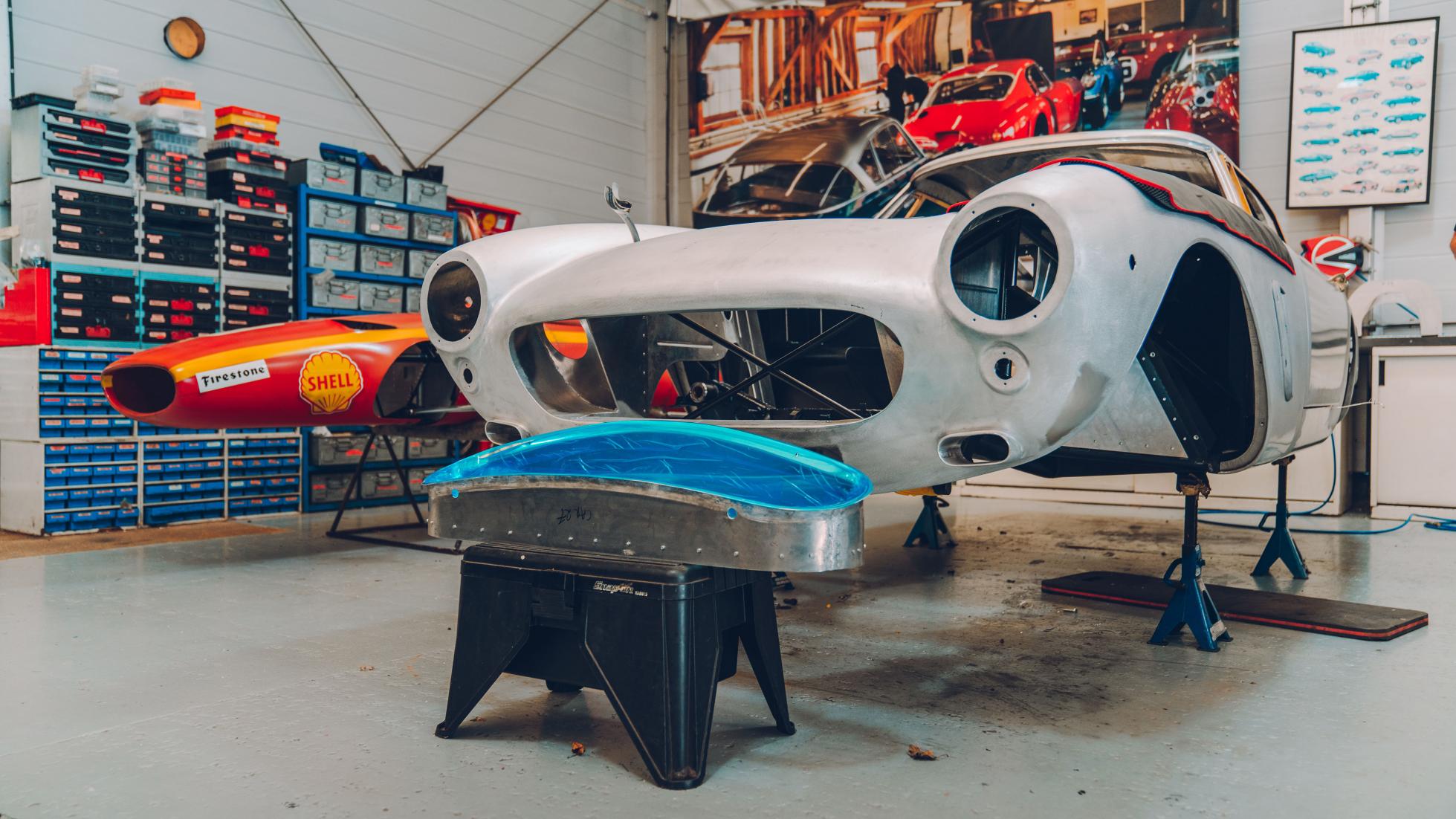
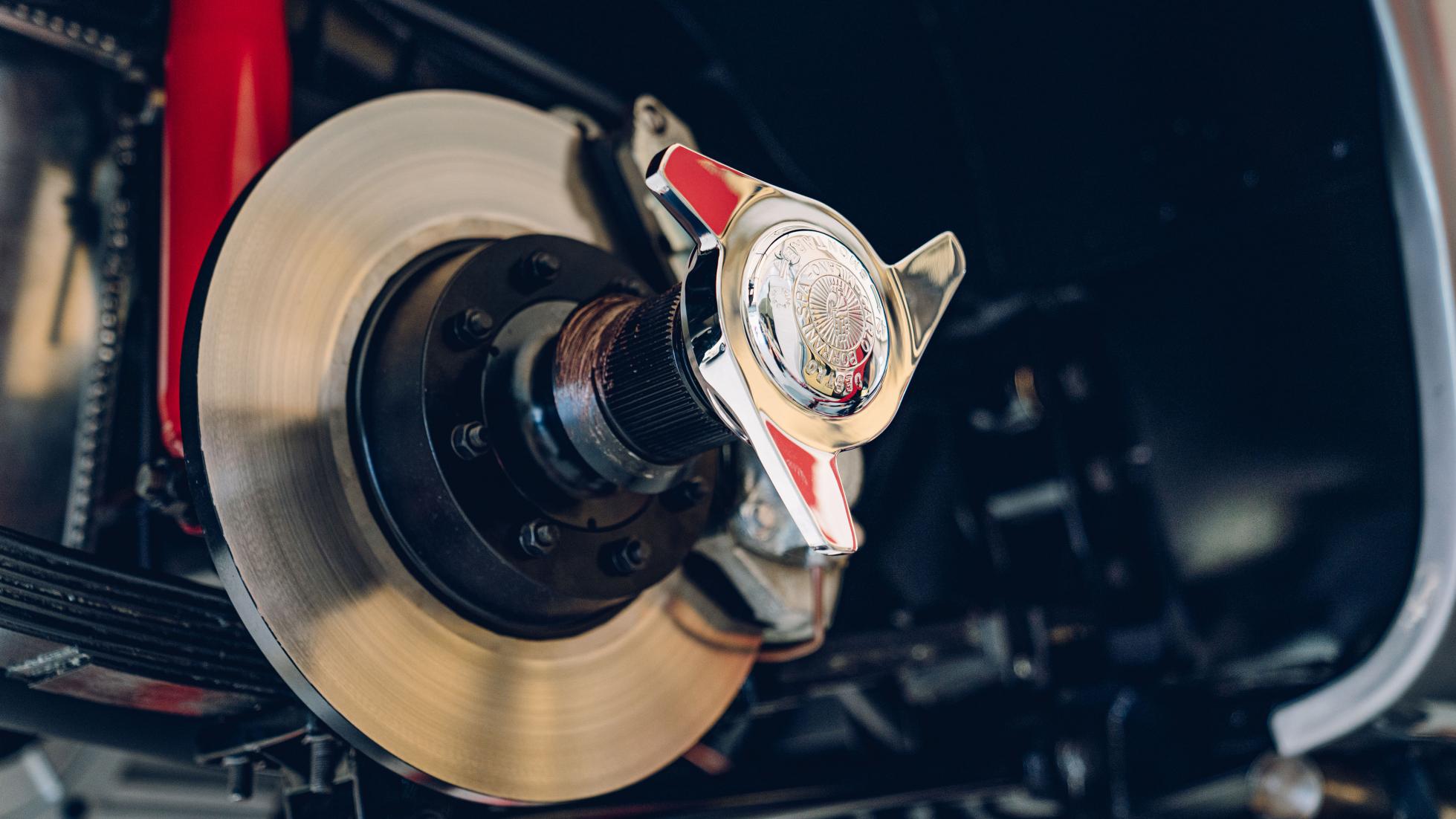
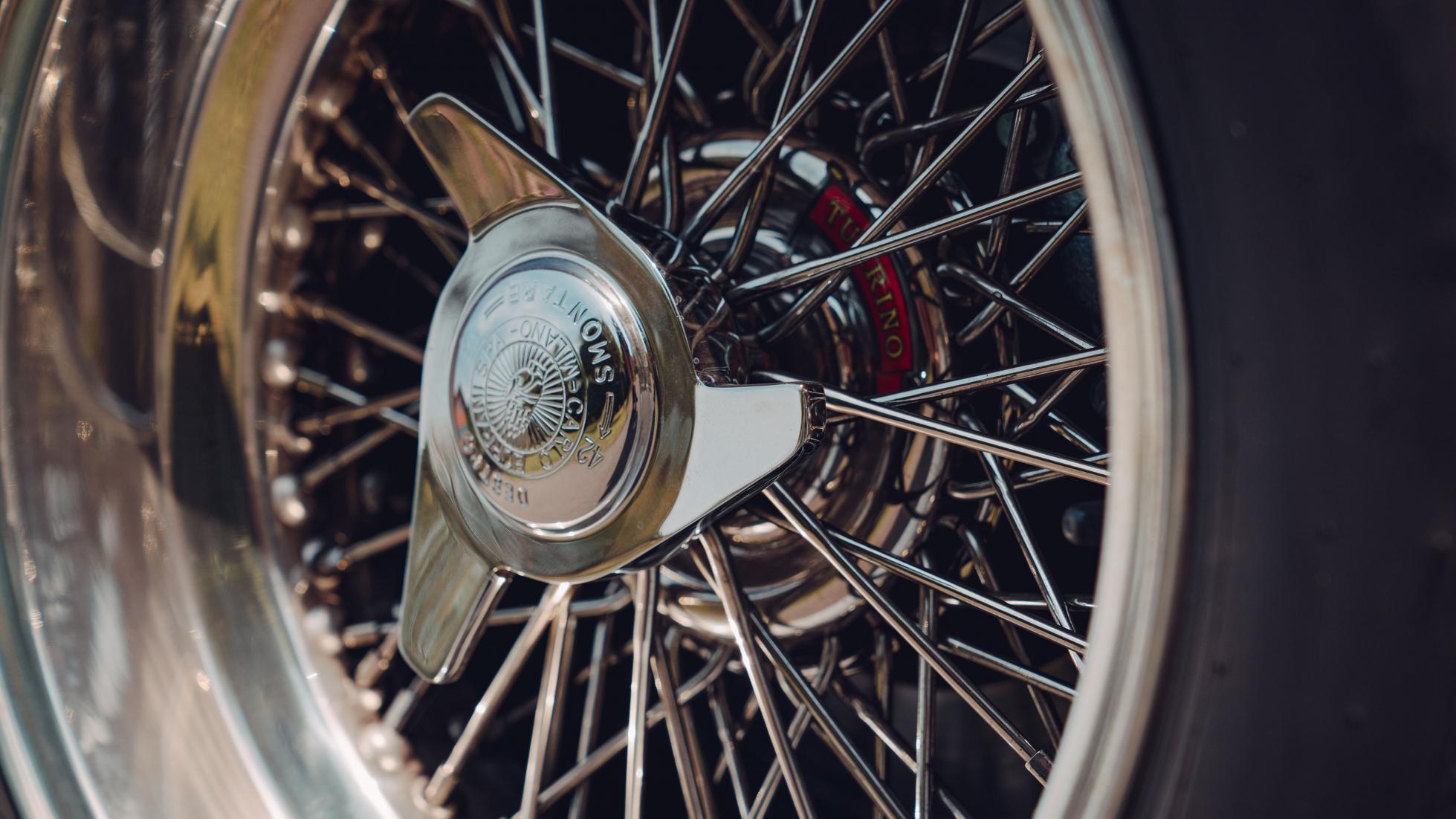
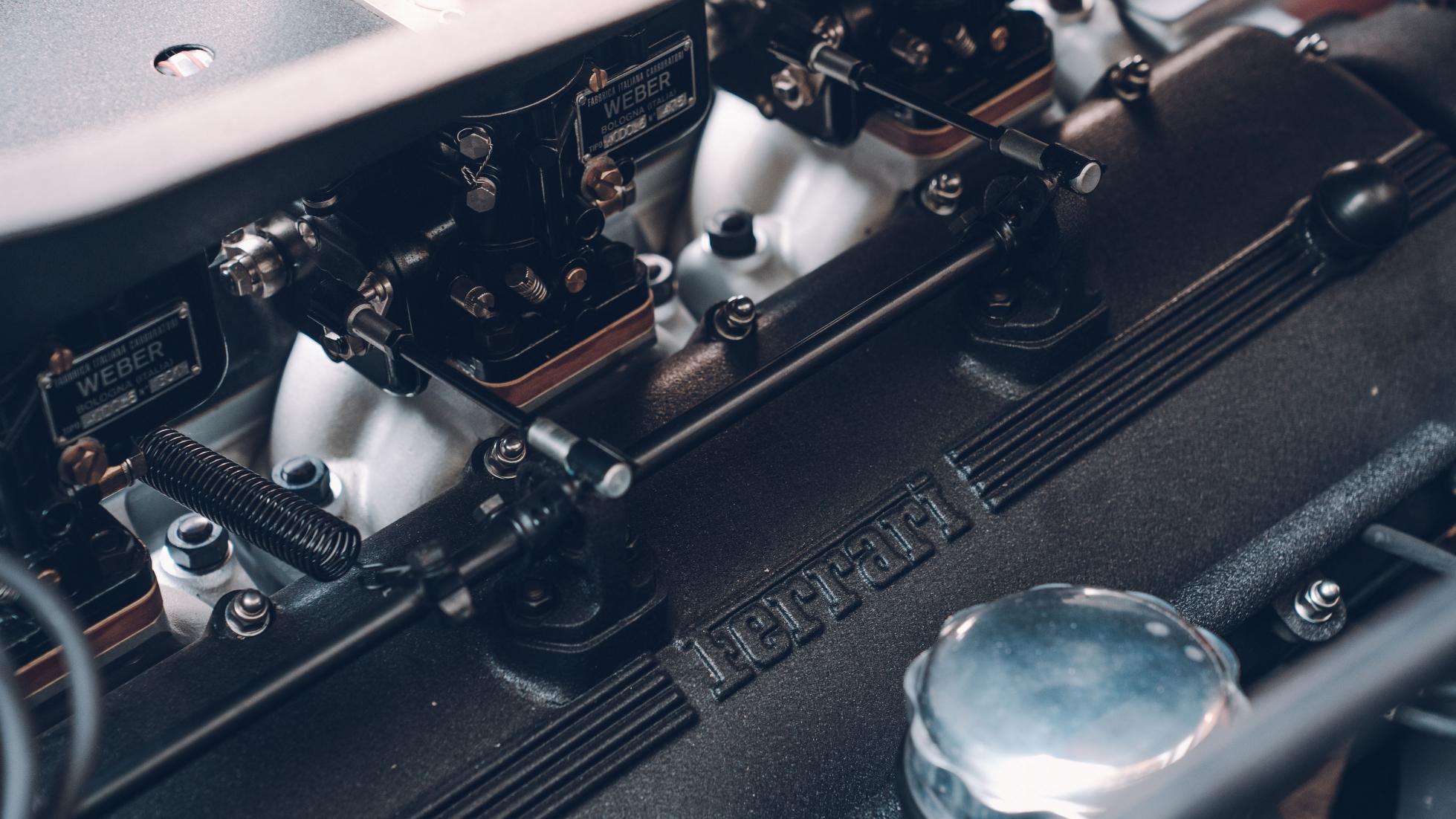
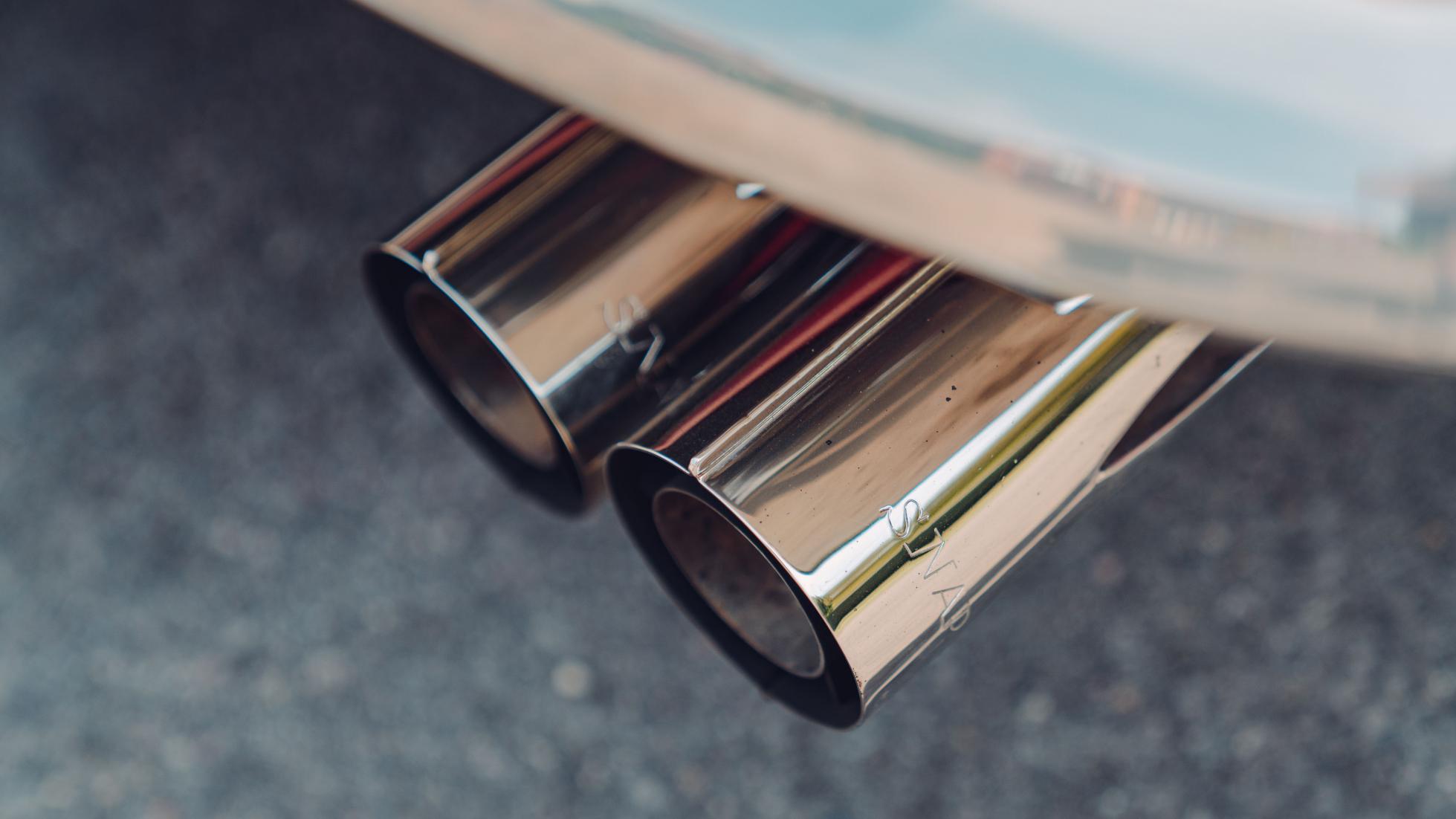
Owning
Running costs and reliability
This is one of the greatest driving experiences on the planet. Just keep that in mind as we swallow the numbers, because this sort of workmanship doesn’t come cheap.
Think somewhere in the region of £850,000 – £950,000 a pop including tax, depending on spec and the state of the donor car you leave GTO to weave their magic into.
You’ll also have to wait 12-18 months for completion, though right now the waiting list is heading towards two years.
Mark, GTO Engineering founder, has a straightforward theory for the demand: modern supercars aren’t just too fast for the road, but they’re more and more alike (lots of turbo V8s, lots of DCT gearboxes, lots of downforce).
So, his bored, rich clients are clamouring for something very deliberately different.
And until the Murray T50 comes along, there aren’t many other small-capacity V12 cars with a manual gearbox that weigh about a tonne, are there?
The 250 is also usefully small, it’s not as ostentatious as a LaFerrari, and it’s extremely cool. So you won’t worry much about depreciation either.
GTO has so far built 30 of these masterpieces, so it’s considerably rarer than any modern hypercar.
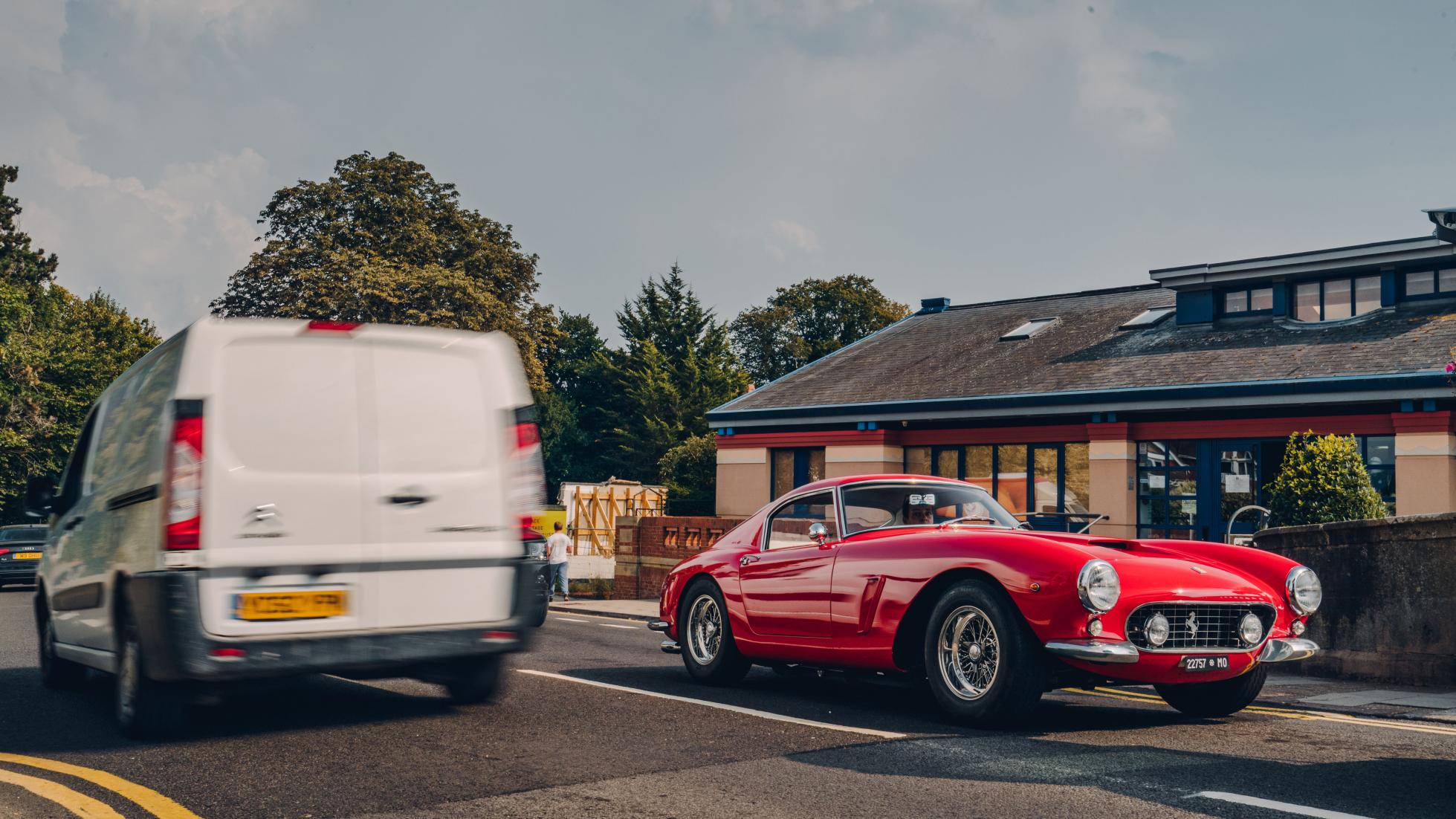


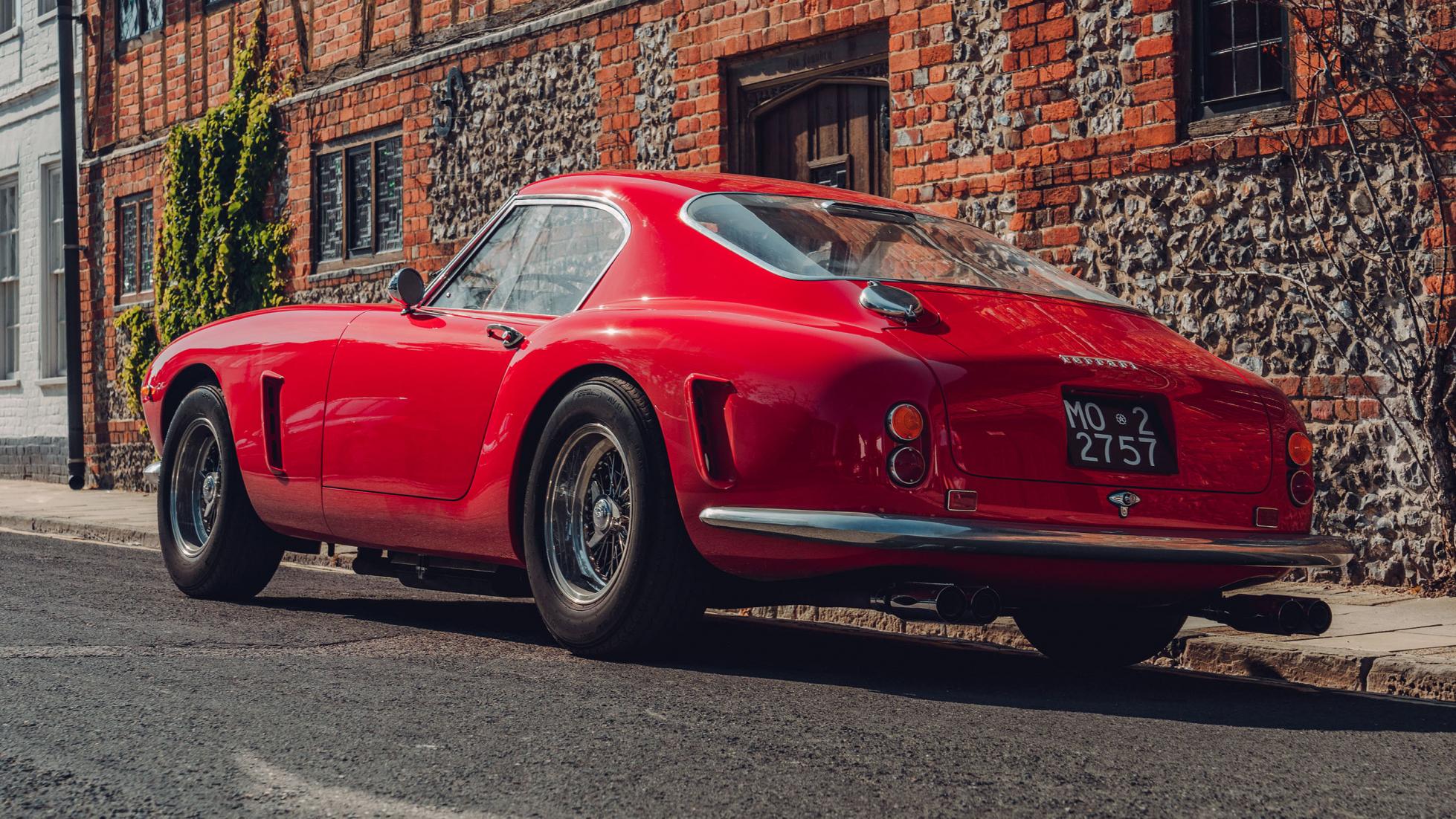
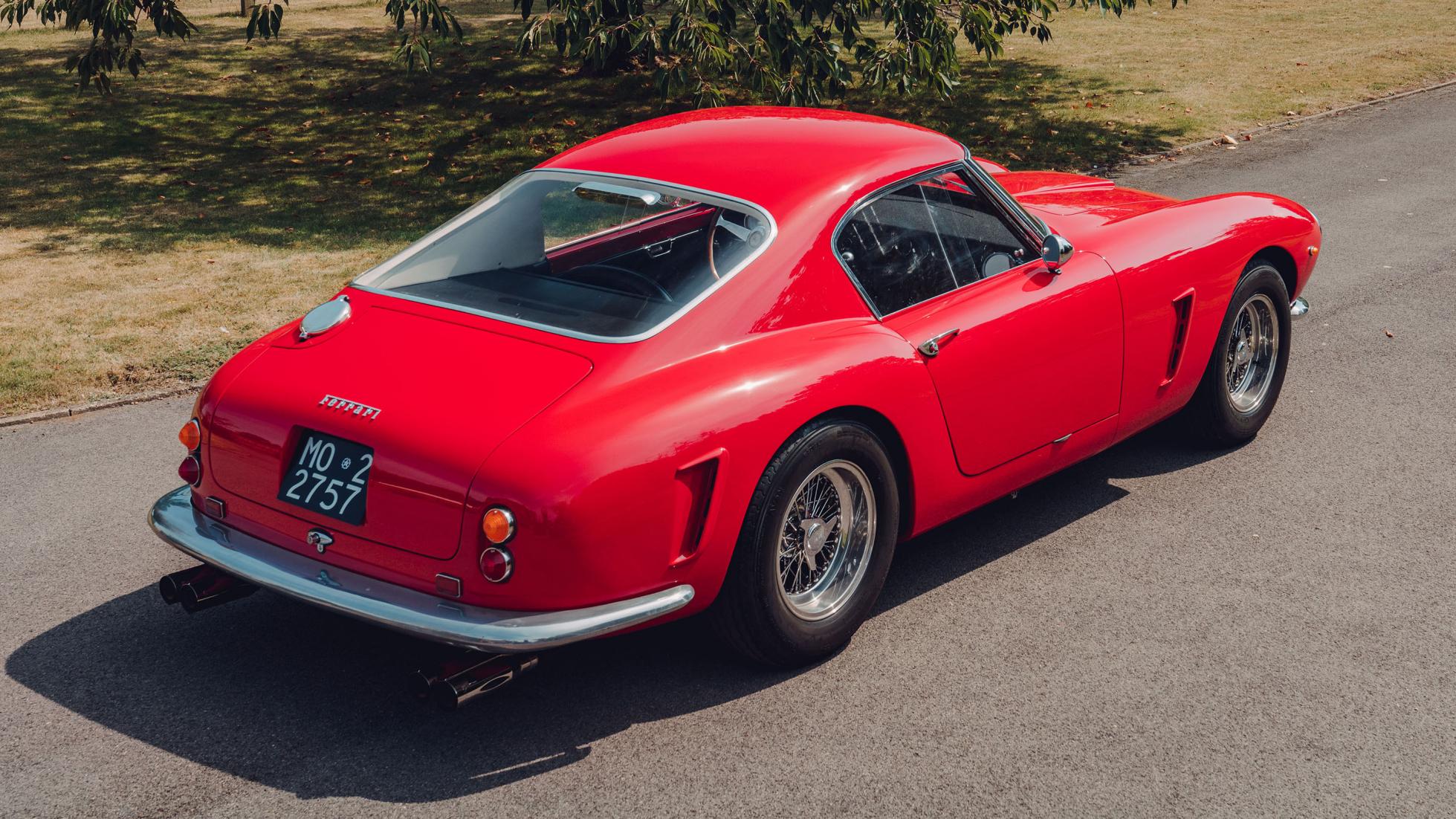
Verdict
Final thoughts and pick of the range
Sorry to gush, but an afternoon in GTO Engineering’s 250 SWB Revival should be prescription medication for petrolheads.
Disillusioned by SUVs, electric car sycophancy and struggling to enjoy driving on the public highway any more?
One hour per year in one of these things would see you right, especially given the V12 bark would be ringing in your ears a good fortnight later. And you’d never even notice you’d barely topped 110km/h.
It’s a heady blend of unfettered rawness, from when driving used to be a physical challenge, not simply a test of nerve.
But it’s made all the more enjoyable by the sense this 250 isn’t going to expire in a cloud of stylish Italian blue fog on the hard shoulder, or leave a puddle of oil in the pub garden car park.
So on that basis, this is possibly the most desirable car on Earth.
You’re paying – handsomely – for that peace of mind, that this is a piece of automotive theatre that unlike so many of the world’s performance cars, can actually be used to the maximum, every time you decide to pull the covers off its gorgeous bodywork, settle into its cosy cabin, and go for a quick drive.
STORY Ollie Kew






